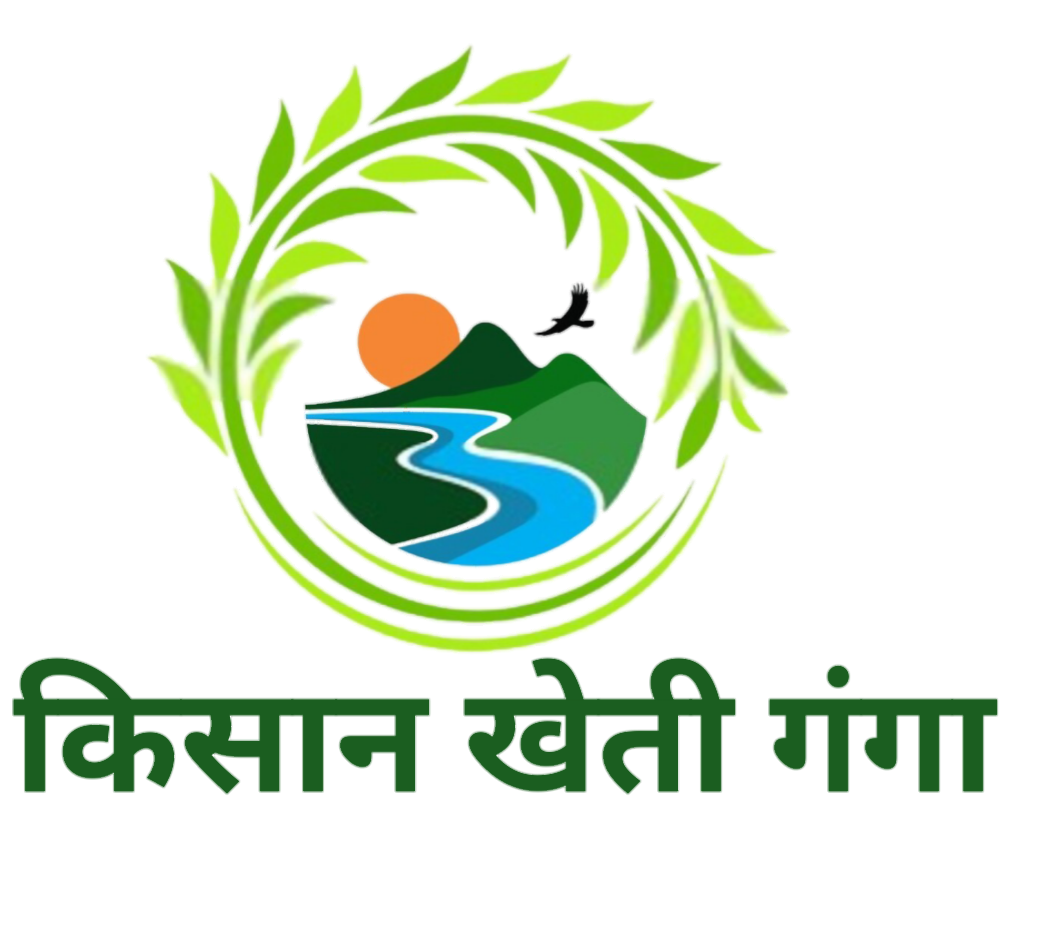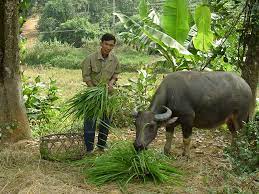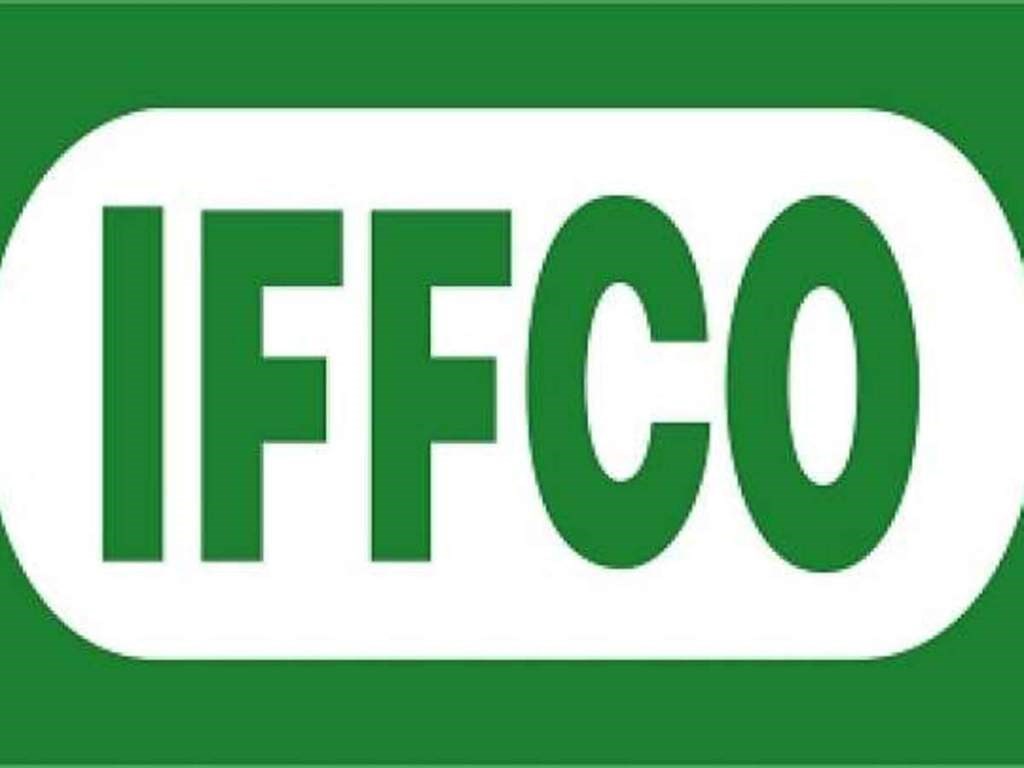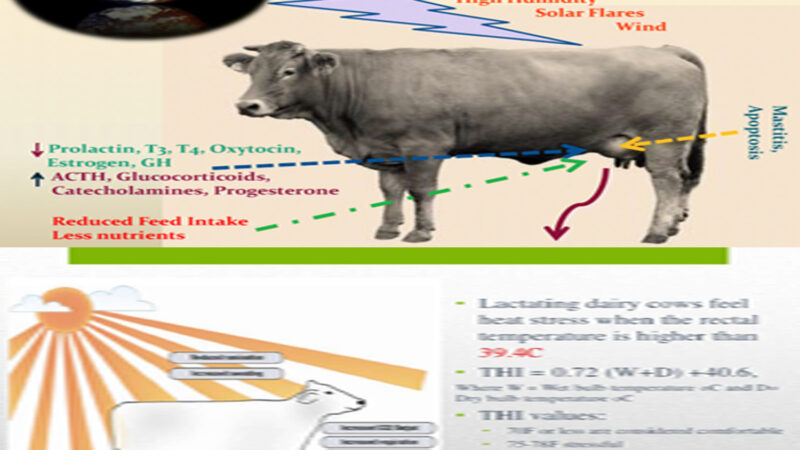Effect of Cutting Interval and Cutting Height on Yield and
Chemical Composition of King Napier grass (Pennisetum
purpureum x Pennisetum americanum)
Pipat Lounglawan,, Wassana Lounglawan and Wisitiporn Suksombat
School of Animal Production Technology, Institute of Agricultural Technology, Suranaree University of Technology, Nakhon Ratchasima,
30000, Thailand
Abstract
The experiment was conducted to determine the effects of cutting interval and cutting height on the yield and nutrient
composition of King Napier grass (Pennisetum purpureum x Pennisetum americanum) when grown on a sandy soil in the
Northeast of Thailand. The cutting intervals were 30, 45 and 60 days between harvests and the cutting heights were 5, 10
and 15 cm above ground level. The experiment was a 3×3 factorial layout in a randomized complete block design with 4
replications-giving a total of 36 plots each 3×3 m2. Harvested plant material was weighed, dried and the ground
subsamples taken for analyses of crude protein (CP), crude fiber (CF), ash, ether extract (EE), acid detergent fiber (ADF),
neutral detergent fiber (NDF), acid detergent lignin (ADL), Hemicellulose and Cellulose. Results showed that increasing
the cutting interval (i.e. advancing age of maturity) increased dry matter and nutrient yields significantly. In terms of
nutrient content, it also increased the crude fiber, acid detergent fiber (ADF), neutral detergent fiber (NDF) and acid
detergent lignin (ADL) percent in the plant. However, crude protein and ash percent was markedly decreased as the
cutting interval increased. Increasing cutting height had no effect on dry matter yield and yields of nutrients, but in terms
of nutrient content, it decreased crude fiber content. The percent EE, NDF, ADF, Hemicellulose and Cellulose in the plant
was unaffected by cutting height. From the results presented it is clear that cutting a stand of King Napier grass every 45
to 60 days will achieve greater dry matter and nutrient yields than cutting more frequently, at 30 days. The cutting height
at harvest, whether 5, 10 or 15 cm above ground level had no effect on dry matter or nutrient yields of King Napier grass.
© 2013 Published by Elsevier B.V. Selection and/or peer review under responsibility of Asia-Pacific
Chemical, Biological & Environmental Engineering Society
, Corresponding author. Tel.: +6644-224-160; fax: +6644-224150.
E-mail address: pipat@sut.ac.th.
2013 4th International Conference on Agriculture and Animal Science (CAAS 2013)
2013 3rd International Conference on Asia Agriculture and Animal (ICAAA 2013)
© 2014 The Authors. Published by Elsevier B.V. This is an open access article under the CC BY-NC-ND license
(http://creativecommons.org/licenses/by-nc-nd/3.0/).
Selection and peer review under responsibility of Asia-Pacifi c Chemical, Biological & Environmental Engineering Society
28 Pipat Lounglawan et al. / APCBEE Procedia 8 ( 2014 ) 27 – 31
Keywords: King Napier Grass, Cutting Intervals, Yields and Chemical Composition
1. Introduction
The nutritive value of grass for cattle depends upon the amount of dry matter consumed, the chemical
composition and the coefficient of digestibility of the dry matter. The chemical composition has been shown
to vary with the stage of maturity, soil conditions and climate. Young plants are characterized by their high
protein content, low cellulose and lignin content and a high digestibility [1], [2]. The decreased DM
digestibility with increasing maturity is believed to be associated in some way with lignifications although the
total amount of lignin does not appear to be the determining factor. King Napier grass (Pennisetum
purpureum x Pennisetum americanum.) is a perennial forage crop with high growth rate, high productivity
and good nutritive value [3], [4]. The various cutting studies with Napier grass revealed that both the choice
of cutting interval and height of cutting are crucial to their performance and found that the main factor
affecting growth, yield and persistence of swards is the defoliation intensity [5]; [6]. However, there are many
research works on the cutting height of Napier grass showed the uncertainty results. Thinnakorn et al. [7]
found no difference in the production of the Napier grass cut 30-35 day interval at 5, 10 and 15 cm; whereas,
Caro-costor and Vincente-Chandler [8] worked in Puerto Rico found that cutting the Napier grass at lower
level obtained higher dry matter yield than cut at higher level. Gonçalves and Coast [9] obtained variation in
the annual production of herbage dry matter of about 19.69-25.29 t /ha on average, when varying the height of
cutting at 5-30 cm above the ground level. This study was conducted to investigate the effect of cutting
interval and cutting height on yield and chemical composition of King Napier grass.
2. Materials and Methods
2.1. Experimental design
The experiment incorporated 3 cutting intervals of 30, 45 and 60 days, and 3 cutting heights of 5, 10 and
15 cm. from ground level imposed on a stand of King Napier grass (Pennisetum purpureum x Pennisetum
americanum). The design was a 3×3 factorial arrangement in a randomized complete block with 4
replications-giving a total of 36 plot each 3×3 m2
2.2. Management, measurement and chemical analysis
Field experiment was conducted under irrigation at Suranaree University’ Farm, Nakhon Ratchasima,
Thailand. All plots then received a basal dressing of a compound NPK fertilizer (15:15:15) at the rate of 150
kg/ha. Planting King Napier grass by stem cutting with 2 nodes a piece and placed 45o with 2 pieces a hole
with plant spacing of 50 x 80 cm in 3 x 3 m plot size. Each plot was applied urea at 125 kg/ha after each
cutting. All plots were watered once per week by sprinklers to ensure adequate soil moisture for plant growth.
At 90 days after sowing, the King Napier grasses were all cut to 5 cm above ground level and the upper parts
of the plants removed. The residual plants were then allowed to regrow and cut again after further 30, 45 and
60 days, but to the 3 cutting heights of 5, 10 and 15 cm, above ground, to measure production. After each cut,
the fresh forage was weighed and subsamples taken for determination of dry matter (oven dried at 60°C for 36
h), crude protein (Kejltec autoanalyzer; Foss Tecator, Denmark), crude fiber (Fibertec autoanalyzer; Foss
Tecator, Denmark), ether extract (Soxtec autoanalyzer; Foss Tecator, Denmark) and ash (500°C overnight)
[10] and nitrogen-free extract was calculated, while acid detergent fiber (ADF), neutral detergent fiber (NDF)
and acid detergent lignin (ADL) were analysed by the method of detergent analysis [11].
29
Pipat Lounglawan et al. / APCBEE Procedia 8 ( 2014 ) 27 – 31
2.3. Statistical analysis
All data were subjected to analysis of variance by the procedure of SAS [12]. Data from three cuts and
from each treatment were combined. The differences among mean values were compared by Duncan’s New
Multiple Range Test (DMRT) at 5% significance level [13].
3. Results and Discussion
As shown in Table 1, cutting interval had a significant effect on the percentage content of all the
components measured, with dry matter percent and crude fiber percent increasing as the cutting interval
increased from 30 to 60 days. By comparison, crude protein and ash all showed a decrease as the cutting
interval increased. The effect of cutting height, presented in Table 1, all parameter was also no significant.
The decrease in CF content with increasing cutting height can possibly be attributed to the fact that the upper
parts of the King Napier grass that were harvested at 15 cm height were inclined to contain fewer leaves than
in the lower parts included in the 5 cm cutting height. Hence the 15 cm cut was of higher quality as reflected
in the higher CP content [15].
Table 1. Chemical composition (%) of King Napier grass cut at different intervals and heights.
Age
Height
DM
CP
EE
CF
Ash
NDF
ADF
Hemicellulose
Cellulose
ADL
30 d
5 cm
13.37
12.62
2.02
24.22
14.01
66.18
39.25
27.57
32.40
6.84
10 cm
12.89
12.64
2.08
23.37
14.11
65.96
37.86
28.09
30.84
7.02
15 cm
12.93
12.64
2.07
22.86
13.86
59.63
38.06
21.57
32.68
5.38
45 d
5 cm
17.16
10.13
1.95
36.32
11.99
70.13
46.99
23.13
40.05
6.94
10 cm
15.54
10.32
2.03
36.04
12.28
66.54
44.14
22.39
37.36
6.79
15 cm
15.64
10.30
2.03
35.85
12.76
65.75
42.76
22.97
36.41
6.37
60 d
5 cm
18.39
8.64
1.98
43.75
11.19
76.49
41.03
35.46
33.89
7.14
10 cm
18.93
8.64
2.03
43.19
11.82
76.02
40.33
35.69
24.91
6.96
15 cm
18.65
8.87
2.06
42.97
11.20
73.71
39.50
34.21
32.67
6.83
SEM
0.31
0.08
0.03
0.32
0.16
2.01
1.19
1.95
4.36
0.79
————————————————————- p- value ——————————————————–——–
Block
0.67
0.02
0.81
0.04
0.85
0.41
0.61
0.69
0.76
0.93
Age
0.01
0.01
0.35
0.01
0.01
0.01
0.01
0.01
0.35
0.94
Height
0.77
0.93
0.12
0.04
0.23
0.25
0.38
0.52
0.68
0.67
Age x Height
0.42
0.62
0.98
0.61
0.24
0.87
0.88
0.76
0.82
0.69
SEM = standard error of the mean.
In terms of cutting interval and hence age of the plant at harvest, the most frequently cut treatment (30 days)
resulted in younger, leafier plants being harvested, which was reflected in the higher CP content and lower CF
content recorded, compared with the least frequent cutting treatment (60 days) and hence older plants with
lower CP content and higher CF content. As one would expect, dry matter yield per cut of King Napier grass
(Table 2) increased with increasing intervals between harvests, from 1,779 kg DM/ha/cut at 30 day interval to
4,683 kg DM/ha/cut at 60 day interval. However when the respective growth rates of these treatments were
compared on a per day basis it showed that both longer cutting intervals of 45 and 60 days grew at a similar
and much faster rate than the plants under the shorter cutting interval of 30 days. This may well be a reflection
of the regrowth of the different cutting intervals representing different parts of a normal growth curve and the
associated differences in growth rates. Crude protein, crude fiber, ash, ether extract, NDF, ADF and ADL also
30 Pipat Lounglawan et al. / APCBEE Procedia 8 ( 2014 ) 27 – 31
showed significant increases in yield as the cutting interval increased. This differs from the finding of Werner
et al. [5] who reported no significant difference in DM and CP yields between different cutting intervals. I n
contrast, however, the different cutting heights imposed on the rows of King Napier grass had no significant
effect on DM production or nutrient yields measured (Table 2).
Table 2. Yields (kg/ha) of King Napier grass cut different intervals and heights.
Age
Height
DM
CP
EE
CF
Ash
NDF
ADF
Hemicellulose
Cellulose
ADL
30 d
5 cm
1,879
237
38
455
263
1,255
737
518
609
128
10 cm
1,787
226
37
417
252
1,179
677
492
579
125
15 cm
1,672
211
35
382
232
997
636
461
542
90
45 d
5 cm
3,569
361
70
1,307
428
2,503
1,677
983
1,156
247
10 cm
3,293
340
67
1,186
404
2,191
1,453
908
1,067
223
15 cm
3,076
316
63
1,102
392
2,022
1,315
847
996
195
60 d
5 cm
4,659
402
92
2,039
521
3,564
1,912
1,284
1,509
332
10 cm
4,756
411
97
2,054
562
3,615
1,918
1,310
1,540
330
15 cm
4,633
401
95
1,991
519
3,415
1,830
1,277
1,501
316
SEM
119
12.0
2.5
44.7
14.7
82.9
50.5
32.9
38.8
8.1
————————————————————- p- value ——————————————————–——–
Block
0.09
0.10
0.10
0.08
0.09
0.07
0.10
0.09
0.09
0.08
Age
0.01
0.01
0.01
0.01
0.01
0.01
0.01
0.01
0.01
0.01
Height
0.10
0.09
0.20
0.08
0.17
0.04
0.04
0.10
0.11
0.04
Age x Height
0.05
0.06
0.06
0.05
0.06
0.03
0.03
0.05
0.05
0.04
SEM = standard error of the mean.
However, Wadi et al. [3] found that Napier grass cut at a 30 cm height was superior to that of the grass cut
at 0 cm height, when cut at 90 days interval, but the annual herbage DM yield was higher in the grasses at a
90 day interval and 0 cm height than at a 60 day interval and 30 cm height. Nakamanee et al. [14] reported
that cutting at 0, 7.5 and 15 cm were no significant effect on CP content and ADF, but significantly different
in NDF of Napier grass. Werner et al. [5] has obtained very high protein levels (19.97 and 18.17%, with
cutting close to the ground and 15-20 cm, respectively). However he also recommended 5 cm as the optimum
cutting height whereas the current experiment showed no difference in cutting height effects between 10 and
15 cm.
4. Conclusion
The present study clearly shows that cutting interval has a marked effect on the dry matter yield and
nutrient composition of King Napier grass. Cutting every 45 to 60 days will achieve a much higher dry matter
yield than cutting every 30 days and also result in higher yields of CP, ash, EE, NDF, ADF and ADL in spite
of a significant decrease in the percentage of these components in the plant as cutting interval is increased.
Crude fiber, on the other hand, increases both in content and yield as the cutting interval is increased. By
comparison, cutting King Napier grass to different heights at harvest has no significant effect on DM yield
and on nutrient composition. It is therefore recommended that King Napier grass should be harvested every
45-60 days at any convenient cutting height above ground level. However, it must be recognized that the yield
of crude fiber is also markedly increased by less frequent cutting which may have a bearing on the cutting
interval adopted.
31
Pipat Lounglawan et al. / APCBEE Procedia 8 ( 2014 ) 27 – 31
Acknowledgements
The authors would like to thank to the Suranaree University’s Farm for providing technical assistance and
to the Center for Scientific and Technological Equipment for providing laboratory services, Suranaree
University of Technology.
References
[1] Wijitphan, S., P. Lorwilai and C. Arkaseang, Effect of Cutting Heights on Productivity and Quality of King Napier Grass
(Pennisetum purpureumcv. King Grass) under Irrigation. Pakistan Journal of Nutrition. 2009. 8 (8): 1244-1250.
[2] Tekletsadik,T., S. Tusari, S. Juntakool and S. Prasanpanich, Effect of dry season cutting managementon subsequent forage yield
and quality of Ruzi (Brachiaria ruziziensis) and Dwarf napier (Pennisetum purpureum. L) in Thailand. Kastsart J. (Nat. Sci.),. 2004. 38:
457-467.
[3] Wadi, A., Y. Ishii and S. Idota, Effect of cutting interval and cutting height on dry matter yield and overwintering ability at the
established year in Pennisetum species. Plant prod. Sci., 2004. 7: 88-96.
[4] Santos, E.A., D.S. da Silva and J. de Queiroz Filho, Productive aspects of elephant grass (Pennisetum purpureum Schum.) cv.
Roxo in Balanga Paraibano. Rev. Bras. Zootec., 2001a. 30: 31-36.
[5] Werner, J.C., F.P. Lima and D. Martinelli, Studies of three different cutting heights on elephant grass Napier. Bol. Ind. Anim.,
1966. 23: 161-68.
[6] Santana, J.R., J.M. Pererira and N.G. Arruda, Evaluation of cultivars of elephant grass (Pennisetum purpureum, Schum.) in the
south of Bahia. 1. Agrosystems cacao. Rev. Bras. Zootec. 1989. 18: 273-283.
[7] Thinnakorn S., K. Pokesaward and S. Wittayanupapyeunyong, The production and persistency of 3 varieties of Napier grass cut
at different heights. In Annual research report. Animal Nutrition Division. Development of Livestock Department. Ministry of
Agriculture and Cooperatives, Bankok, Thailand, 1995. pp: 185-196.
[8] Caro-costor, R. and J. Vincente-Chandler, Cutting height strongly affects yields of tropical grasses. Agron. J., 1961. 53: 59-69.
[9] Gonçalves C.A. and L.C. Coast, Organic manure, cut-off frequency of elephant grass (Pennisetum purpureum Schum, cv.
Cameroon) in Porto Velho, Rondonia. Lav. Rice., 1991. 44: 27-29.
[10] AOAC, Official Methods of Analysis. 15th Ed. Association of Official Analytical Chemists. Washington DC. 1990.
[11] Goering, H. K. and P. J. Van Soest, Forage Fiber Analysis. ARS/USDA Agricultural Handbook. Washington, DC. 1970.
[12] SAS, SAS procedure Guide: Release 6.03 Ed. SAS Institute, Inc. Carly, North Calolina 1998.
[13] Steel, R. D. G. and J. H. Torrie, Principles and Procedures of Statistics. A Biometrical Approach. 5th Ed. McGraw-Hill
International Book Company, New York. 1986.
[14] Nakamanee, K., J. Khemsawet, T. Boonyawirote and W. Punpipat, Effect of cutting height and cutting interval on yield and
chemical composition of 3 varieties of napier grass under irrigation. In Annual research report 1996. Animal Nutrition Division.
Development of Livestock Department. Ministry of Agriculture and Cooperatives, Bangkok, Thailand, 1996. pp: 123-128.
[15] Santos, E.A., D.S. da Silva and J. de Queiroz Filho, Chemical composition of elephant grass cv. Roxo cut at different heights.
Rev. bras. Zootec., 2001b. 30:18-23.
… Napier grass, Pennisetum purpureum is commonly used in Malaysia as a livestock feedstuff since its nutrient content and planting management is well practised by livestock farmers. It is best been utilized at 6-8 weeks of growth to optimise the dry matter yield and nutritive value (Lounglawan et al., 2014). Napier grass aged more than 8 weeks old contains low digestibility rate due to lignocellulosic material. …
… The reduction of digestibility as the harvesting age increases is related to lignin content in the mature plant (Zailan et al., 2016). The recommended age to harvest Napier is at 6-8 weeks of growth to optimise the dry matter yield and nutritive value (Lounglawan et al., 2014). …
… The age of harvesting is crucial in preparing the forage for ensiling. This is because ensiling is intended to preserve the chemical properties of the forages at its desired age. The recommended age to harvest NG is at 6 to 8 weeks old to optimise the DM yield and nutritive value (Lounglawan et. al., 2014). Furthermore, the digestibility reduces as the harvesting age increase due to ligninocellulosic material (Zailan et. al., 2016). Thus, in this study NG used is harvested at 6 weeks old on the second harvesting cycle as NG at this age contains an optimum CP content and low ligninocellulosic material. Meanwhile, the same age for harvestin …
… In lab continuous reactors, the literature reported yields range from 100 mLCH 4 to 242 mLCH 4 g −1 VS (4803 m 3 CH 4 to 7899 m 3 CH 4 ha −1 y −1 ) for harvesting ages around 60 days [10][11][12]. In tropical countries, the common harvesting ages are between 30 and 60 days [13,14], which could enhance the methane yields [11]. …
… There were nine plots, 25 m 2 each, distributed randomly in three blocks. Grass crop was hand-harvested 5 cm above ground level [13] and refrigerated before characterization. Grass crop yield was calculated weighing 4-7 subsamples from each plot after chopped (sizes from 1-3 cm in stems and 1−10 cm in leaves). …
… As expected, agronomic yields obtained were shown to be higher when increasing the harvesting age. The values obtained for cutting ages of 30 and 44 days (16.8 ± 2.0 and 28.1 ± 8.0 t DM ha −1 y −1 ) are similar to those reported for King Grass of similar ages: 22.86 and 28.95 t MS ha −1 y −1 for 30 and 45 days of age, respectively [13]. However, agronomic yield (38.6 ± 6.6 t DM ha −1 y −1 ) for a harvesting age of 57 days was higher than that obtained by Lounglawan et al. [13] of 28.93 t DM ha −1 y −1 for harvesting age of 60 days in Thailand. …





